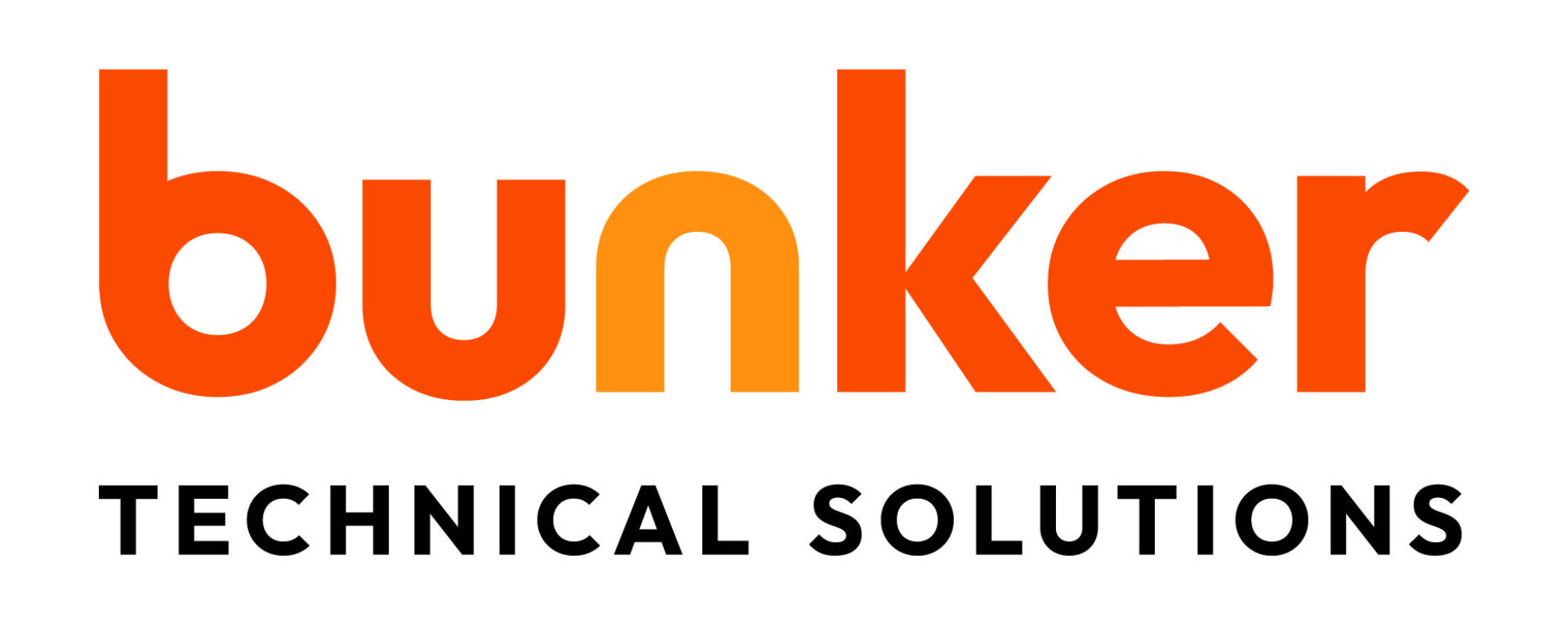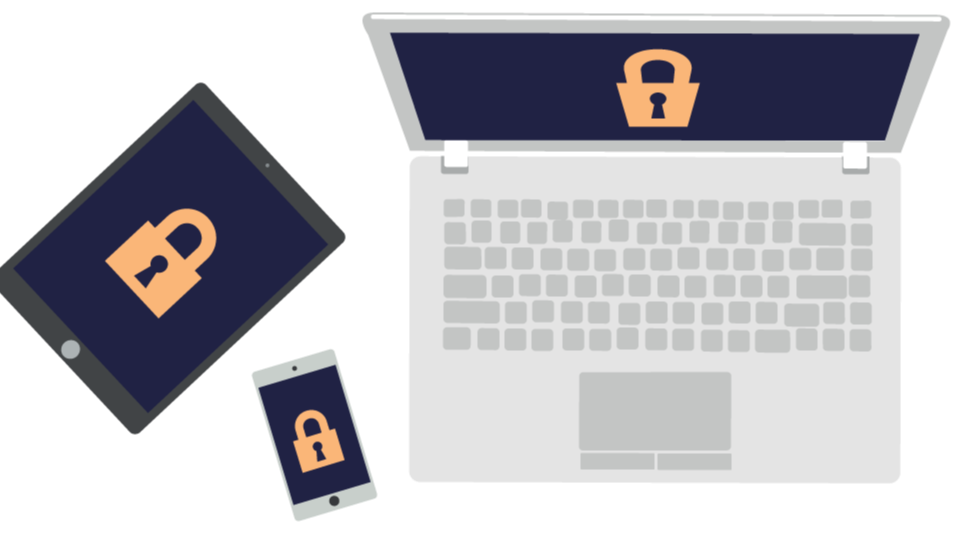Ransomware Prevention Guide for Small Business Owners
Ransomware Prevention Guide for Small Business Owners
Ransomware attacks have surged in recent years, targeting businesses of all sizes but striking small businesses particularly hard. With fewer resources and often minimal IT support, small business owners face a unique challenge: how to safeguard their operations from a cyber threat that can cripple systems, tarnish reputations, and inflict devastating financial losses. Understanding the dangers and implementing robust ransomware prevention strategies is no longer optional, it’s essential for survival and growth in today’s digital landscape.
Ransomware: The Threat Landscape
Ransomware is a type of malicious software that locks access to data or computer systems until a ransom is paid to the attacker. Unlike traditional viruses, ransomware attacks can rapidly spread across networks, encrypting files and halting productivity. Small businesses are frequently targeted because attackers perceive them as less likely to have strong cyber security defenses, making them easier prey.
Common entry points for ransomware include:
- Phishing Emails: Deceptive emails trick employees into clicking malicious links or downloading infected attachments.
- Remote Desktop Protocol (RDP) Exploits: Attackers exploit weak or stolen passwords to gain remote access to company systems.
- Outdated Software: Vulnerabilities in unpatched software provide easy access for cyber criminals.
Building Strong Defenses: Practical Steps for Small Businesses
While the threat is real, small business owners can dramatically reduce their risk through a combination of awareness, planning, and technology. Consider these foundational ransomware prevention measures:
- Employee Training and Awareness: Human error is the leading cause of ransomware infections. Regular training sessions help employees recognize phishing attempts, suspicious links, and fake attachments. Encourage a culture where employees feel comfortable reporting anything unusual.
- Data Backups: Regularly backing up important data is one of the most effective ways to recover from a ransomware attack. Ensure backups are stored offline or in a secure cloud environment, and test them periodically to confirm they can be restored successfully.
- Patch and Update Systems: Cyber criminals often exploit known vulnerabilities in outdated software. Set up automatic updates for operating systems, antivirus programs, and business-critical applications.
- Use Strong Passwords and Multi-Factor Authentication (MFA): Enforce strong, unique passwords for all accounts and implement MFA wherever possible. This makes it significantly harder for attackers to gain unauthorized access.
- Limit User Privileges: Not every employee needs access to all files or systems. Restrict permissions to only what is necessary for each role, reducing the potential impact if an account is compromised.
- Install Reputable Security Software: Deploy antivirus and anti-malware solutions across all devices. Choose security software that offers real-time protection and regular updates to defend against evolving threats.
- Develop an Incident Response Plan: Prepare for the worst-case scenario with a clear, step-by-step plan outlining how to respond to a ransomware attack. Assign responsibilities, document reporting procedures, and identify external partners (such as IT specialists or legal advisors) who can assist in a crisis.
Creating a Culture of Security
Technology alone cannot stop ransomware. Small business owners must foster a security-minded workplace culture. Regularly update staff on the latest threats, encourage open communication, and recognize employees who demonstrate vigilance. When cyber security is woven into the fabric of your business, everyone becomes an active participant in prevention.
Staying Ahead of Ransomware
As ransomware tactics evolve, so must your defenses. Stay informed through reputable cyber security resources, subscribe to alerts from software vendors, and consider periodic consultations with cyber security professionals. Proactive investment in prevention is far less costly than recovering from an attack.
Ransomware may be a formidable adversary, but with knowledge, preparation, and the right tools, small business owners can significantly reduce their risk. By prioritizing ransomware prevention, you safeguard your business’s reputation, assets, and future.


